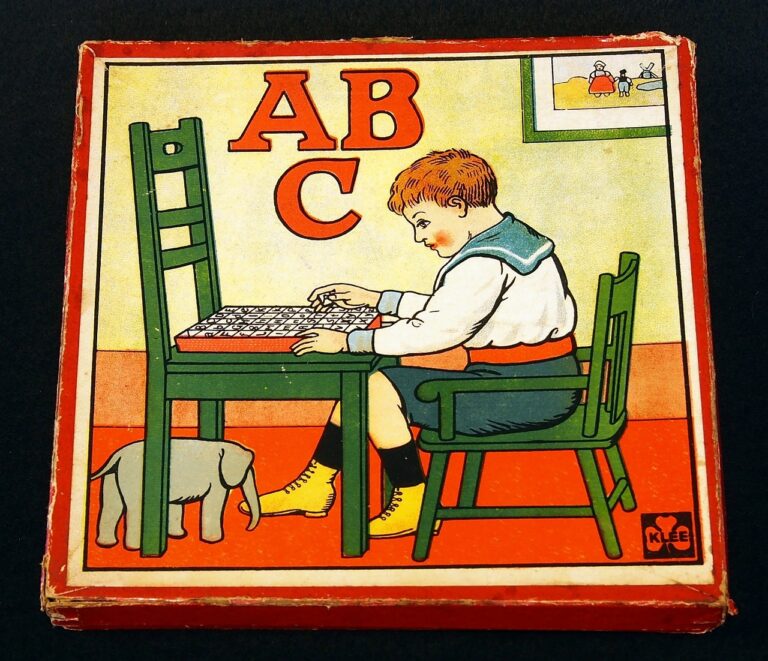The Intersection of Education and Technology
Classroom technology has undergone a significant transformation over the years, adapting to the changing needs of students and educators alike. From traditional overhead projectors to interactive whiteboards and digital tablets, the tools used in classrooms have evolved to enhance the learning experience. These advancements have enabled teachers to create more engaging and interactive lessons, fostering student participation and understanding.
With the integration of technology in the classroom, students now have access to a wealth of resources at their fingertips. The shift towards digital platforms and online resources has expanded the learning opportunities beyond the confines of a textbook. This evolution in classroom technology has not only made learning more dynamic and personalized but has also prepared students for the digital-driven world they will be a part of in the future.
• One of the key advancements in classroom technology is the interactive whiteboard, which allows teachers to create dynamic and engaging lessons.
• Digital tablets have also become popular tools in classrooms, providing students with interactive learning experiences and access to a wide range of educational apps.
• The integration of online resources has expanded the learning opportunities for students, allowing them to explore subjects in depth and at their own pace.
• Classroom technology has not only enhanced student engagement but has also improved teacher efficiency by streamlining lesson planning and assessment processes.
Benefits of Integrating Technology in Education
Integrating technology in education has revolutionized the way students learn and teachers instruct. The use of interactive whiteboards, educational apps, and online resources has made the learning process more engaging and dynamic. Students can now access a wealth of information at their fingertips, allowing for personalized learning experiences and catering to different learning styles.
Furthermore, technology integration in education has bridged the gap between theory and real-world applications. Students can now participate in virtual simulations, computer-aided design projects, and online collaborations that enhance their critical thinking and problem-solving skills. This hands-on approach not only makes learning more practical and enjoyable but also prepares students for the digital demands of a constantly evolving job market.
Digital Literacy Skills for Students
As society becomes increasingly reliant on technology, it is imperative for students to develop strong digital literacy skills in order to succeed in the modern world. Digital literacy encompasses a range of competencies, including the ability to navigate various digital platforms, critically evaluate online sources, and effectively communicate through digital mediums.
By equipping students with digital literacy skills, educators are empowering them to become discerning consumers of information and creators of knowledge. These skills not only enhance academic performance but also prepare students for the demands of the digital workforce, where proficiency in technology is a key asset. With digital literacy skills, students are better equipped to collaborate on projects, conduct research, and adapt to the ever-evolving digital landscape.
What are some examples of digital literacy skills for students?
Some examples of digital literacy skills for students include internet research skills, critical thinking when evaluating online information, cybersecurity awareness, and proficiency in using digital tools for collaboration and communication.
How can integrating technology in education benefit students?
Integrating technology in education can benefit students by providing them with access to a wealth of resources and information, increasing engagement and motivation, improving communication and collaboration skills, and preparing them for success in a technology-driven world.
How has classroom technology evolved over the years?
Classroom technology has evolved from traditional tools like chalkboards and overhead projectors to interactive whiteboards, tablets, laptops, and online learning platforms. These advancements have transformed the way students learn and teachers teach.
Why is digital literacy important for students?
Digital literacy is important for students because it equips them with the skills they need to navigate the digital world safely and effectively, critically evaluate online information, communicate and collaborate with others, and adapt to new technologies in their academic and professional lives.







